By William E. Welsh
The morning of August 10, 1861, dawned damp and hot. A steady drizzle fell on the large Confederate encampment on the still waters of Wilson’s Creek. Very few men were up at dawn. That was not the case with their Union foe. Brig. Gen. Nathaniel Lyon had his 5,400 men up before dawn and marching to launch a spoiling attack on Confederate Brig. Gen. Ben McCulloch’s camp. Although outnumbered two to one, Lyon hoped that the element of surprise would even the odds. The Confederates were only a day’s march from Springfield, and Lyon saw his preemptive strike as the only way to keep them from capturing the key town.
Lyon sent Colonel Franz Sigel with a small force to attack the Confederates from the rear, while he pressed their front. Confident in their superior numbers, the Southerners had not posted pickets. The roll of musketry and boom of cannon compelled the Rebels to frantically grab their rifles and cartridge boxes and form up for battle. Sigel’s small force, the core of which was two infantry regiments, was no match for backwoods boys from Arkansas and Louisiana that McCulloch led into action at Sharpe’s House.
Assault on Bloody Hill
By late morning, Sigel’s men were in full retreat hoping not to be killed or captured. Meanwhile, the Confederates were doing quite well containing Lyon’s attack. Lyon had divided his force taking the main body west of the creek and detailing Captain J.B. Plummer to lead his Union Missouri Home Guards Battalion (reinforced by the 1st U.S. Infantry Regiment) into action east of the creek. Plummer drove the Rebels back to the Rain house, but the reinforced Southerners smashed Plummer’s small force. After his small column located east of the creek was repulsed, the Confederates launched successive attacks against Lyon’s main force on Oak Hill (afterwards called Bloody Hill) west of the creek. Lyon lacked the fresh units McCulloch had. What’s more, some of Lyon’s units were wavering. Although struck in the thigh and the ankle, and having his horse shot from under him, Lyon remounted and led his men forward once again. This time a minié ball struck him in the heart, and he tumbled from his saddle. All order was lost in the Union ranks. They fled so far and fast that they didn’t stop at Springfield but skedaddled all the way to Rolla.
Visiting Wilson’s Creek National Battlefield
The visitor center, which is located on the northwest edge of the battlefield, is a good place to start your visit. Rangers and volunteers can give you personal advice about how to make the most of your visit. Wilson’s Creek is not as sprawling as some battlefields, and this allows the visitor to see most if not all of the key stops in one visit. Visitors can take a self-guided auto tour on the 4.9-mile circuit through the battlefield. For those who live nearby or plan a longer stay, there are extensive hiking trails. The must-see sites at Wilson’s Creek National Battlefield include Bloody Hill where the battle was decided, the Ray House where Lyon’s body was kept safe for transfer to the North, and the Sharp House where Sigel pressed his attack. Also worth seeing are key artillery positions, such as Guibor’s Missouri Battery, Pulaski’s Arkansas Battery, and Totten’s U.S. Artillery Battery. In a rural setting that can transport the visitor back to the harrowing events of that hot summer’s day, Wilson’s Creek National Battlefield is a gem worth visiting in southwestern Missouri.

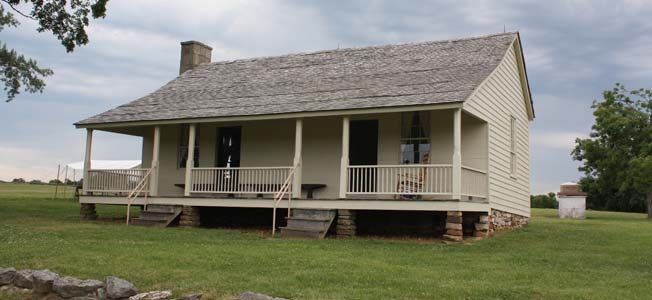
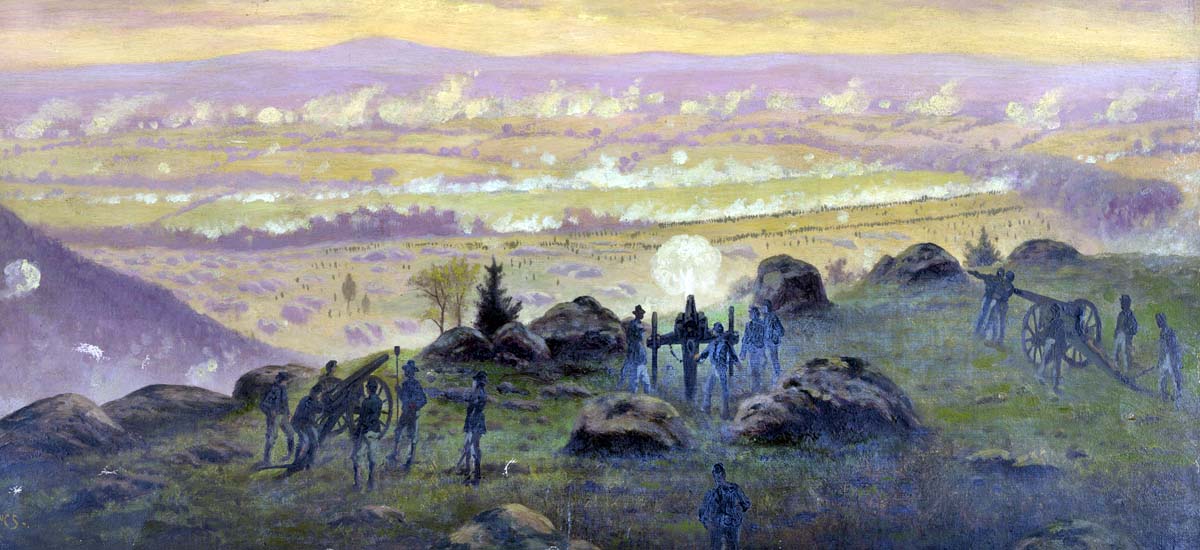
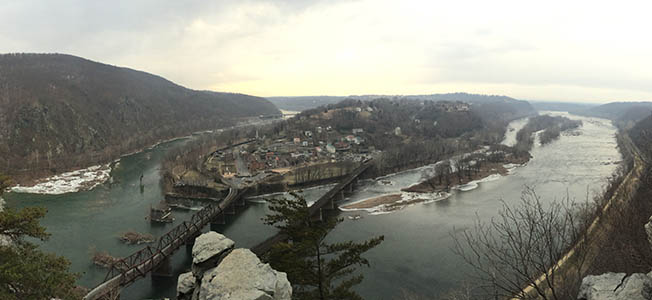

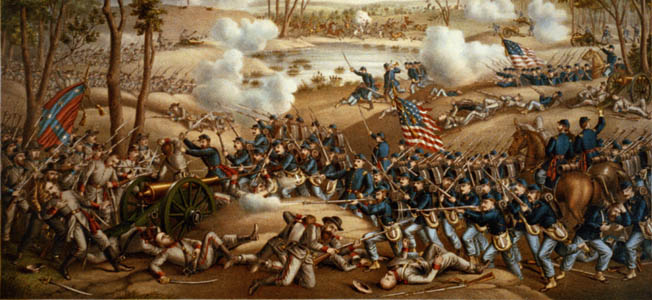
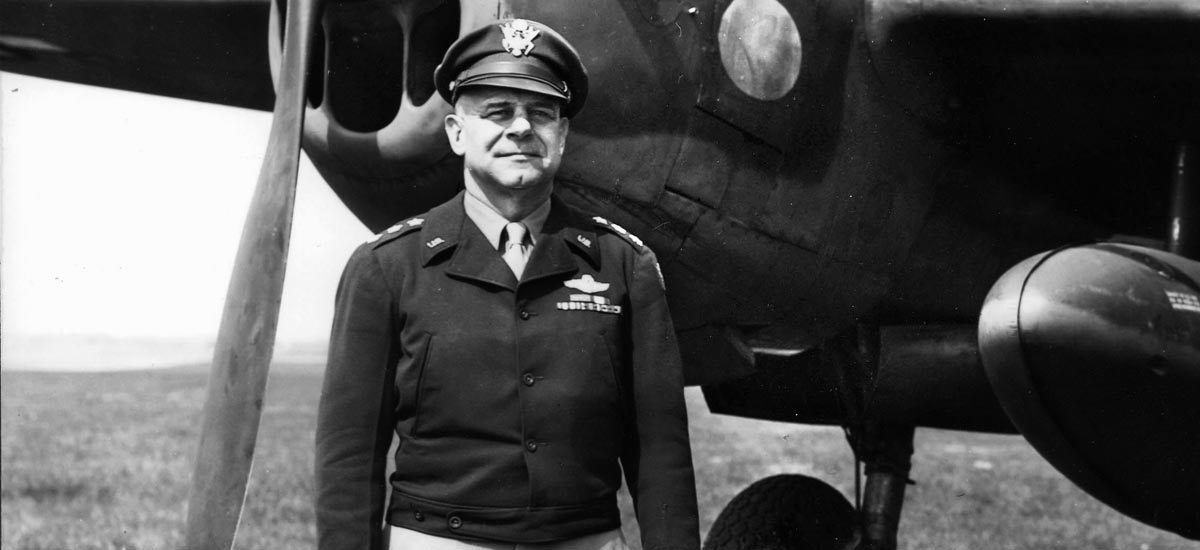
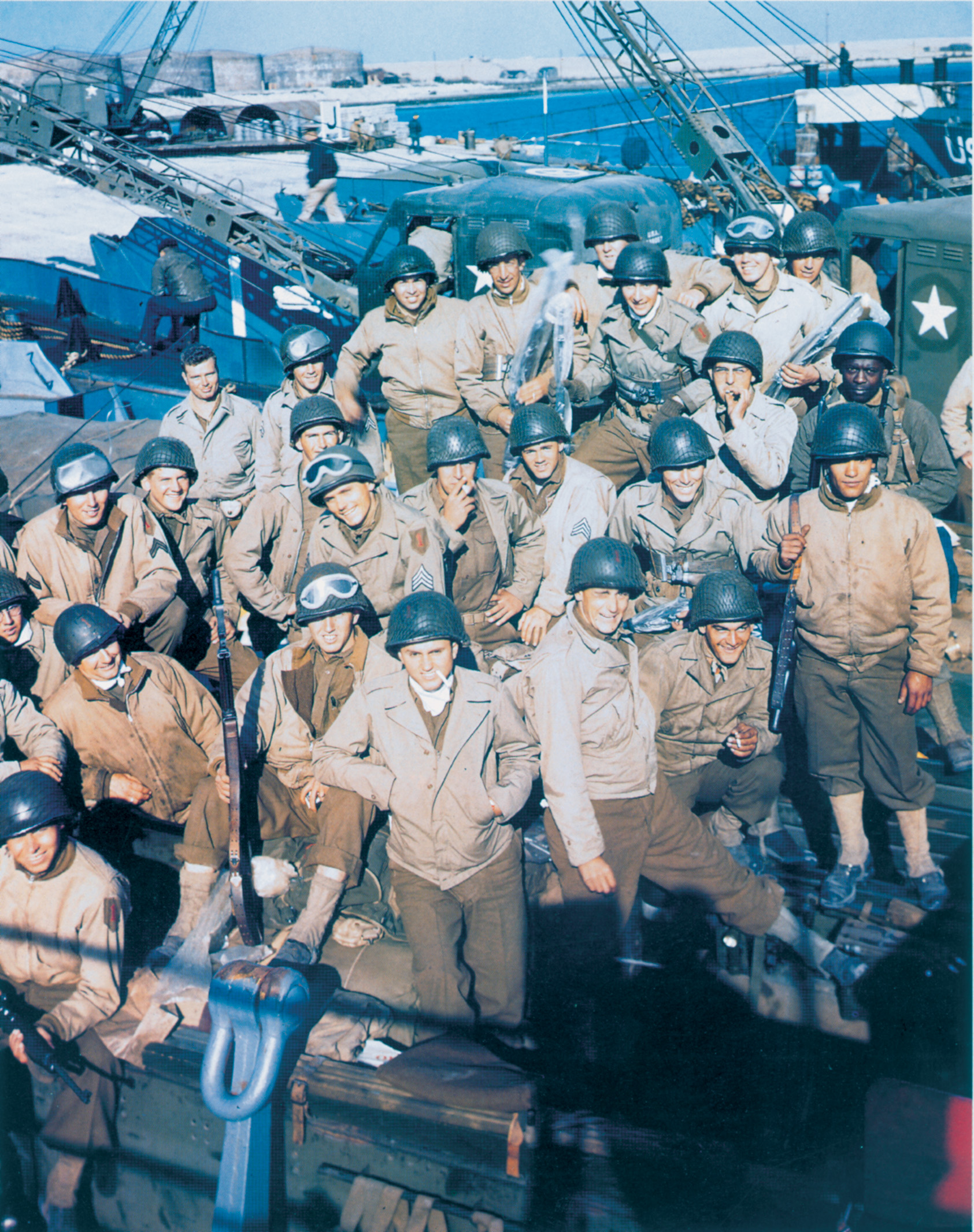
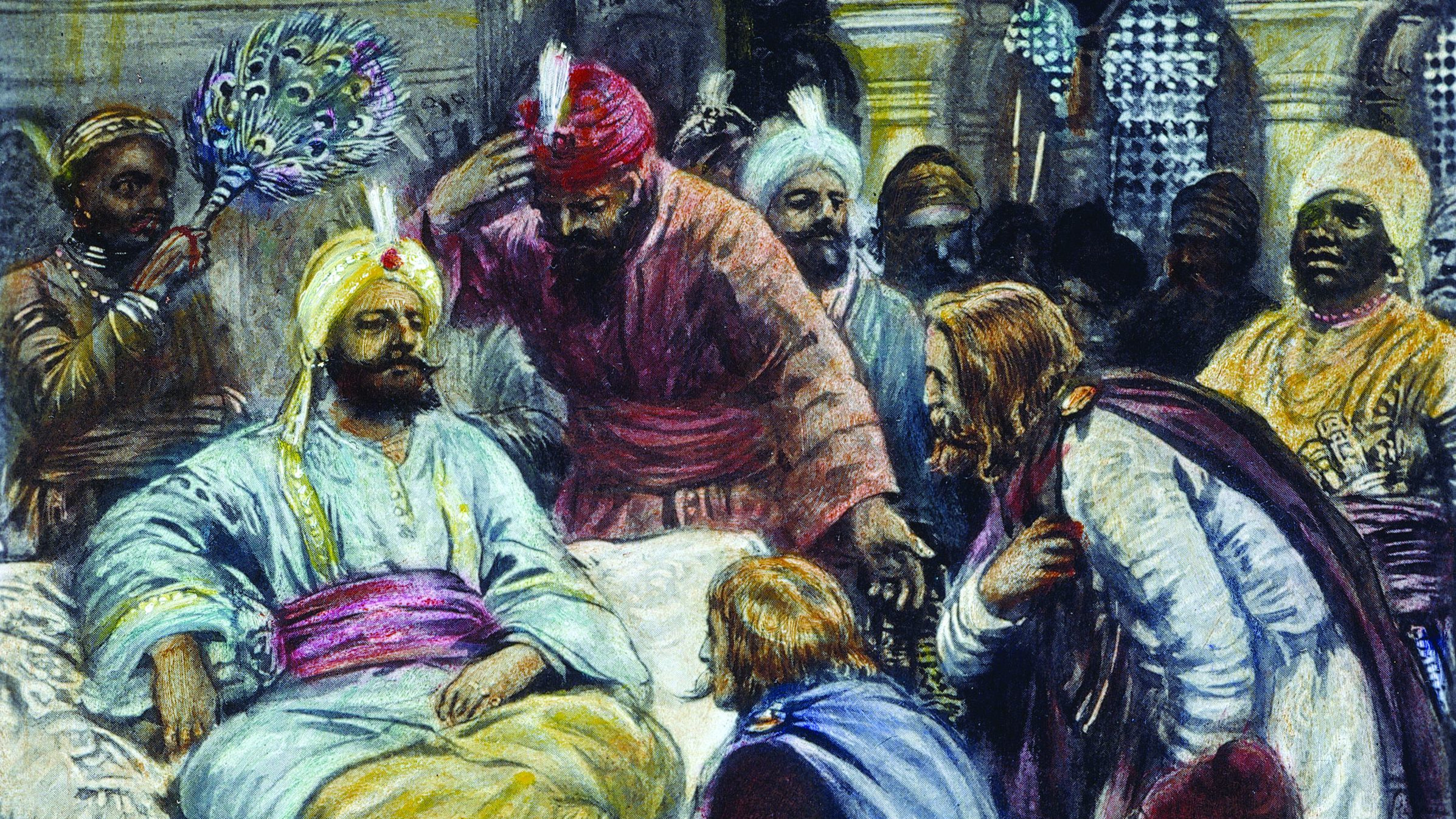

Join The Conversation
Comments
View All Comments